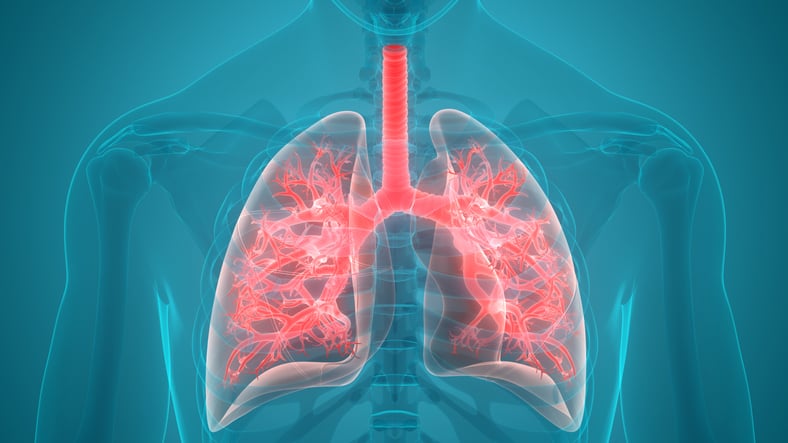spp. are increasingly reported among cystic fibrosis patients. Genotyping requires time consuming methods such as Multilocus-Sequence-Typing or Pulsed-Field-Gel-Electrophoresis. Therefore, data on the prevalence of the multiresistant epidemic clones, especially ST137 (AxST137) and the Danish Epidemic Strain (DES) are lacking. We recently developed and published a database for species identification by matrix-assisted laser desorption/ionization-time of flight mass spectrometry (MALDI-TOF MS, Bruker Daltonics). The aim of this study was to evaluate the ability of the MALDI-TOF MS to distinguish these multiresistant epidemic clones within species. All the spectra of (n=1571) and (n=174) used to build the local database were analysed by ClinProTools™, MALDI Biotyper® PCA, MALDI Biotyper dendrogram and flexAnalysis™ softwares for biomarker peaks detection. Two-hundred-two isolates (including 48 isolates of AxST137 and 7 of DES) were tested. Specific biomarker peaks were identified: absent peak at m/z 6651 for AxST137 isolates and present peak at m/z 9438 for DES isolates. All tested isolates were well typed by our local database and clustered within distinct groups (ST137 or non-ST137 and DES or non-DES) no matter the MALDI-TOF software or only by simple visual inspection of the spectra by any user. The use of MALDI-TOF MS allowed identifying isolates of belonging to the AxST137 clone which spread in France and Belgium (the Belgian epidemic clone) and of belonging to the DES clone. This tool will help implementation of segregation measures to avoid inter-patient transmission of these resistant clones.
Rapid detection by MALDI-TOF MS of isolates from cystic fibrosis patients belonging to the epidemic clones ST137 or DES.


